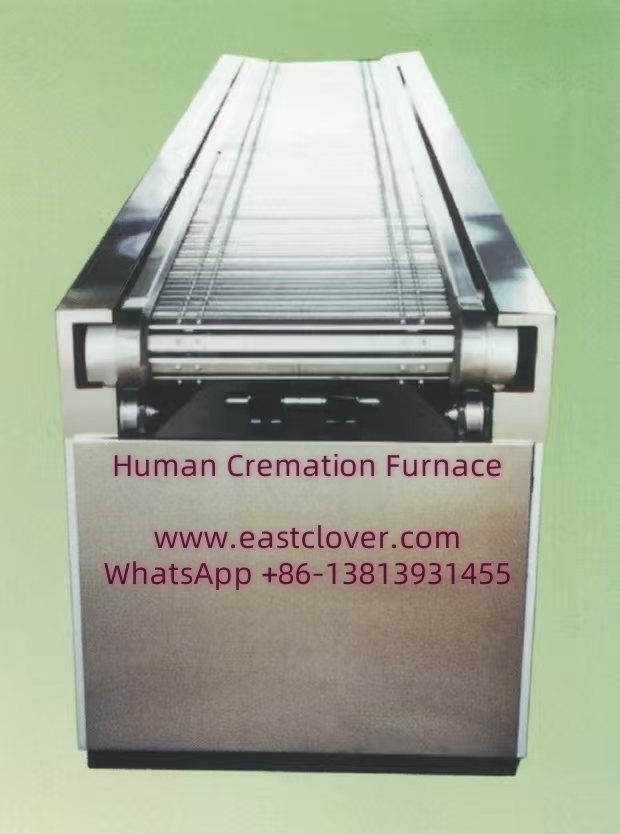Introduction
Human cremation furnace manufacturers play a pivotal role in shaping end-of-life care by providing technologies that balance efficiency, environmental responsibility, and respect for the deceased. As societal attitudes toward cremation evolve—driven by space constraints, environmental concerns, and cultural shifts—the demand for advanced cremation solutions has surged. Manufacturers are responding with innovations that prioritize sustainability, automation, and personalized experiences, redefining how we approach memorialization.
Traditional Cremation Furnaces: A Foundation for Innovation
Traditional cremation furnaces, often powered by natural gas or propane, rely on high-temperature combustion (1,400–1,800°F) to reduce remains to bone fragments. While effective, these systems faced criticism for energy inefficiency, emissions, and limited customization. Modern manufacturers have addressed these challenges through groundbreaking advancements, transforming cremation into a cleaner, more dignified process.
Innovations in Cremation Furnace Technology
1. Eco-Friendly Combustion Systems
New filtration technologies, such as catalytic converters and scrubbers, significantly reduce harmful emissions (e.g., mercury, particulate matter). Companies like Matthews Environmental Solutions integrate secondary combustion chambers to ensure complete fuel burn, minimizing carbon footprints. Some manufacturers are experimenting with biofuels to replace fossil fuels, further enhancing sustainability.
2. Energy Efficiency and Automation
Advanced insulation materials and heat-recovery systems cut energy use by up to 40%. Automated controls, seen in Facultatieve Technologies models, optimize temperature and airflow, reducing operational costs and human error. IoT-enabled sensors provide real-time diagnostics, enabling predictive maintenance.
3. Digital Integration and Personalization
RFID tagging ensures traceability of remains, while digital interfaces allow families to customize cremation settings (e.g., music, lighting). Firms like B&L Cremation Systems offer live-streaming options for remote participation, catering to globalized families.
4. Hybrid and Alternative Technologies
Alkaline hydrolysis, or “water cremation,” uses a water-alkali solution to break down remains, offering a lower-carbon alternative. Though not yet widely adopted, manufacturers like Bio-Response Solutions are refining this technology for scalability.
www.southclover.com
The cremation industry is undergoing a transformative shift, driven by manufacturers committed to sustainability, dignity, and technological progress. By integrating eco-friendly systems, automation, and personalized features, modern cremation furnaces are setting new standards for end-of-life care. As innovation continues, these advancements promise to further align memorial practices with the values of efficiency, environmental stewardship, and compassion.
Frequently Asked Questions
Q: How do modern cremation furnaces reduce environmental impact?
A: Advanced filtration systems capture pollutants, while energy-efficient designs and alternative fuels lower carbon emissions.
Q: Can families participate in the cremation process remotely?
A: Yes, some manufacturers offer live-streaming and digital interfaces for real-time engagement.
Q: What is alkaline hydrolysis?
A: A water-based process that decomposes remains using alkali chemicals, producing fewer emissions than traditional cremation.
Q: Are modern cremation furnaces more expensive?
A: Initial costs are higher, but energy savings and reduced maintenance often offset long-term expenses.
Q: How do RFID systems enhance safety?
A: They track remains throughout the process, ensuring accountability and reducing the risk of errors.

Comments are closed